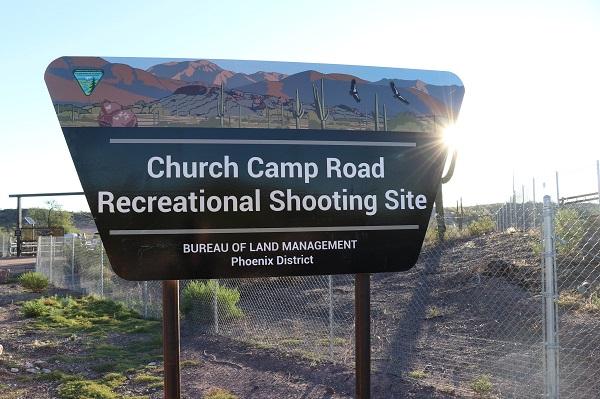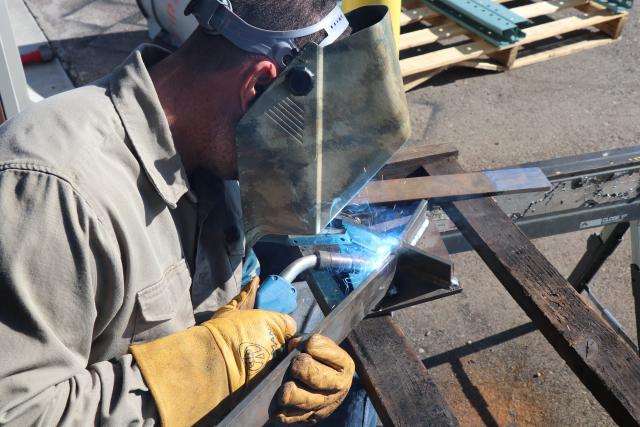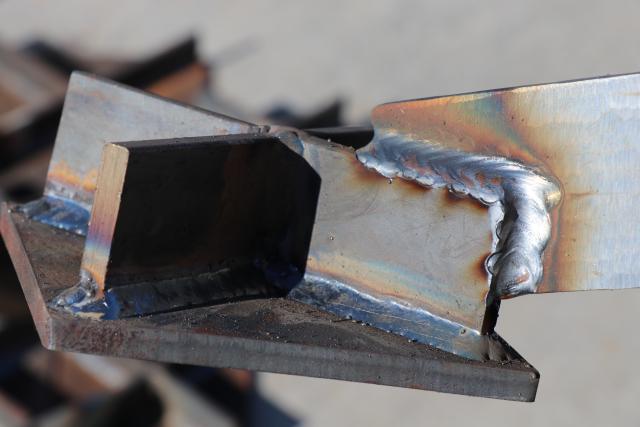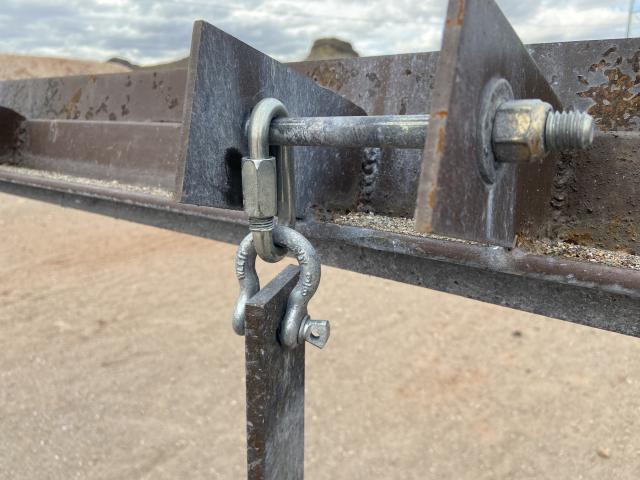Related Content
Related Stories
- BLM’s Agua Fria National Monument is a worthwhile destination on your winter bucket list
- Celebrating Winter Solstice 2025 at the Meadowood SRMA
- Remembering the cattle drive that defined ranching in southeastern Arizona
- Popular posts: BLM's most viewed blogs of 2025
- Smokey Bear joins Mr. & Mrs. Claus to continue LTVA annual toy giveaway
Office
2020 E. Bell Road
Phoenix, AZ 85022
United States




